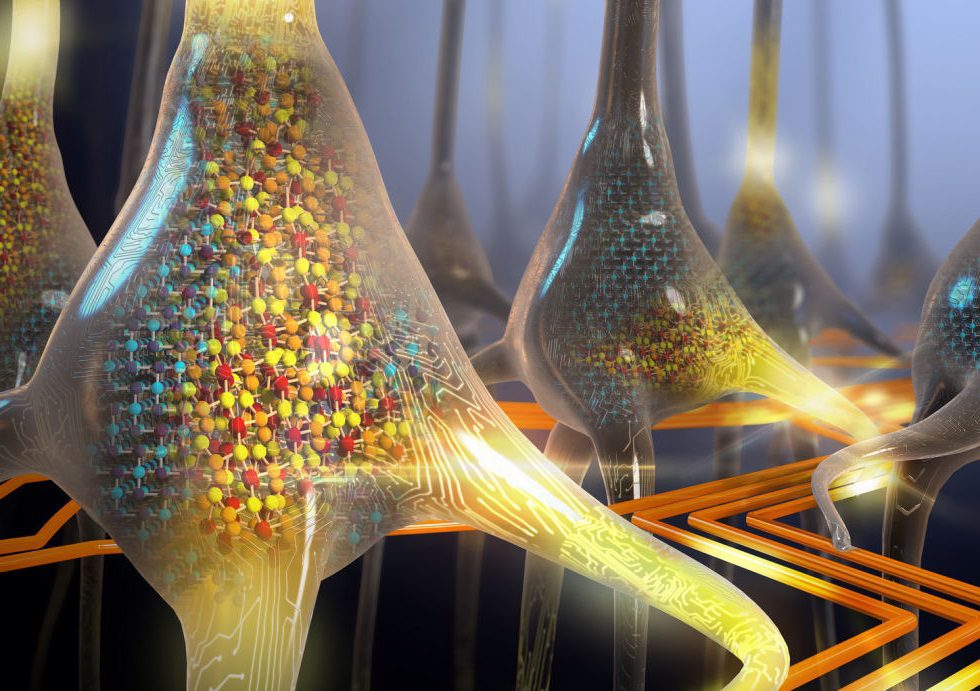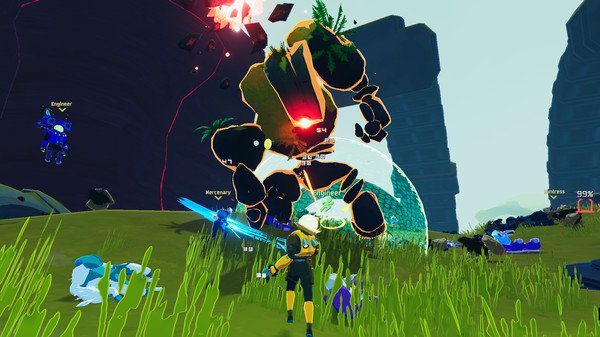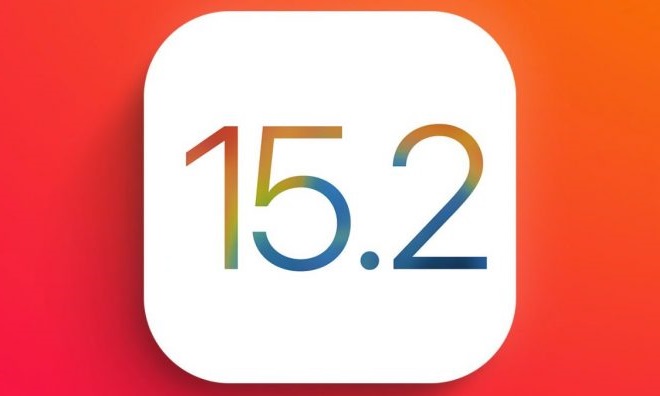the human brain has incredible abilities. with only two bananas a day, you can continue to perform complex tasks with energy. this ultra-high efficiency of the brain is due to neurons, the basic units that make up the neural tissue.
neurons have membranes with nanometer-sized holes called ion channels, which open and close according to the stimulus received. the ion flow generated in this process generates an electric current, which emits an action potential, an important signal that allows neurons to communicate with each other.
You may also be interested in: Mekkablood: Quarry Assault Game for PS
All of this can also be done with artificial intelligence (AI). However, artificial intelligence must consume tens of thousands of times more energy than the human brain. So scientists think that if computers can be made like the human brain, they will need much less energy.
One of the ways scientists try to mimic the brain’s biological system is to harness the power of ions. The power of ions is the charged particles that the brain relies on to produce electricity.
Recently, however, a study was published that has built prototypes of artificial neurons that can generate the same kinds of electrical signals that neurons in the human brain use to transmit information. Created by researchers such as the French National Center for Scientific Research (CNRS) and the Paris School of Science and Humanities, these artificial neurons use ions like our brains, not electrons.
the ions in the water form a worm-like structure,

neurons change the ion parametricity of the cell membrane by electrical stimulation or neurotransmitters, wherein the reverse phenomenon of the +pole and -pole of the voltage reverse occurs. this is called activity, and it is a medium that transmits all reactions that occur through the brain, such as smell, sound, and movement.
neurons begin to accept more cations that are attracted to the anions inside the cells to generate activity. at this time, the voltage across the cell membrane opens the doorway of the cell called ‘voltage-gated ion channels’ and raises the charge much higher until the cell returns to normal immediately after reaching its peak. these signals are transmitted to other cells, allowing information to move the brain.
the researchers modeled a very thin layer of water between graphene sheets to mimic voltage-dependent ion channels. in computer simulations, the researchers added an electric field to the model and found that ions in the water formed a worm-like structure.
To mimic the behavior of neurons, the researchers ran a simulation that connected two channels with another component. The results showed that the model generated spikes in electrical activities such as activity and remembered the consistent properties of the ions when they conducted more electricity and in the two different states they performed.
Memories of the previous state of these ions actually lasted for several milliseconds (one-thousandth of a second), about the same time it took for neurons to generate activity and return to a rest state. This is usually a fairly long time for ions operating in nanoseconds (one billionth of a second) or less.
Our brain uses the opening and closing of ion channels to produce these kinds of memories. The findings were published in the international journal Science on August 6.
it helps us understand how the brain processes information.
The new model is a version of an electronic component called a memlister, with unique properties that maintain historical information. A memristor is a synthesizer of memory and registers that remembers both the previous state.
However, scientists are interested in this new study of fluid memlisters because conventional memlisters are solid, as they do not use liquids like the brain.
“Practical computers that work like brains are still far away, but this study can help us better understand how the brain processes information and develop new theories of computing, such as the brain,” said Gina Adam, a professor at George Washington University in the U.S., who was not involved in the study.
With the help of digital and theoretical tools, French researchers have discovered a way to reproduce physical mechanisms that assemble special clusters to release activity. In other words, it has discovered the ability to transmit information from one artificial neuron to another.
The groundbreaking work is being carried out in France in collaboration with scientists at the University of Manchester in the UK, where researchers are reportedly working on the next phase of research that experimentally proves that the new system can run basic learning algorithms.
If you are facing any issue in downloading or need assistance Click here .





